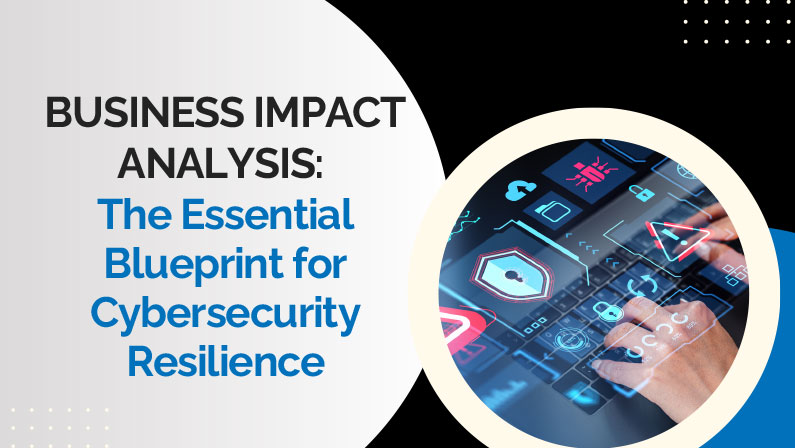Whether cyber, or natural disasters, or whatever the cause: it is a when occurrence, not an if occurrence.
More importantly: what steps have you taken to contain the blast radius?
An excellent first step is to conduct a Business Impact Analysis (BIA), which is one of the most effective strategies to ensure that your organization remains intact and resilient when disruptions occur.
The Role of a Business Impact Analysis (BIA)
A BIA will start a discovery process of identifying beyond the obvious functions, those unrecognized vital functions, which are often overlooked and suddenly become highly consequential, in an adverse event. They are specific to every organization.
Typically, these functions are not clearly recognized, working without notice in the background, not presenting in the everyday functioning of an organization. The BIA’s purpose is to give you a better understanding of the operational and financial consequences of such difficult to identify functions, which may become single points of failure, when certain processes are disrupted.
Key questions a BIA helps answer:
- What are the most critical operations and processes?
- How long is it possible for these processes to be down, without significant harm?
- What are the potential financial and reputational impacts of various disruptive scenarios?
- What resources are required to maintain operations during and after a disruption?
By assessing these factors, your organization gains insights into where to focus recovery efforts, allocate resources, and strengthen weak spots.
From BIA to Incident Response (IR)
Once the BIA is complete, the next step is Incident Response (IR) planning. This involves developing specific actions, which your team must perform when a disruptive event occurs. Conducting “table-top” exercises is a common way to rehearse incident response, allowing team members from various departments to simulate scenarios in a controlled environment.
Practical Steps for Conducting IR Exercises:
- Assemble a diverse team: Include personnel from IT, operations, HR, legal, and senior leadership, even including members of the Board of Directors, which will provide an outside point-of-view and insights gained from other organizations. Each department brings their own healthy and diverse biases, perspectives, and expertise.
- Simulate various incidents: Use real-world examples or scenarios tailored to your organization to keep the exercises relevant.
- Document the lessons learned: These insights should feed into the next iteration of your Business Continuity (BC) plan.
Business Continuity: Turning Plans into Action
The end result of BIA and IR planning is a Business Continuity (BC) strategy that ensures your organization is able to bounce back quickly after an incident. BC plans should be living documents, updated regularly based on feedback from IR exercises, evolving threats, and changing organizational needs.
The key components of an effective BC plan include:
- Role-specific action plans: Detailed, individualized playbooks for team members that outline their specific responsibilities during a disruption. This includes designated outside resources, such as: a breach attorney, breach PR firm, breach forensic firm, etc.
- Resource allocation: A clear understanding of which resources (people, processes, technologies) will be needed to maintain or restore critical operations.
- Communication protocols: Predefined methods to keep internal and external stakeholders informed during and after an incident.
Practical Steps to Perform a Business Impact Analysis (BIA)
- Identify Key Business Functions: List the most critical processes and functions that drive revenue and customer engagement.
- Assess the Impact of Downtime: For each key function, determine the maximum allowable downtime before it significantly impacts the business.
- Map Critical Data Flows: Identify where the organization’s most sensitive data resides, who has access to it, and how it moves across the organization.
- Evaluate External Dependencies: Assess vendors, suppliers, and partners who are integral to maintaining the organization’s operations.
- Prioritize Recovery Efforts: Based on the findings, develop a prioritized list of actions to recover critical functions quickly.
The Value of a BIA and Continuous Planning
- Increased Organizational Resilience: By planning for disruptions, your organization will be better equipped to maintain operations, even in the face of a crisis, and return to normalized operations.
- Cost Efficiency: A BIA helps your organization to allocate resources strategically, focusing on the essentials, rather than the non-essentials.
Proactive Risk Management: Having a BIA in place allows you to be proactive, rather than reactive, minimizing damage to both your bottom line and reputation.





